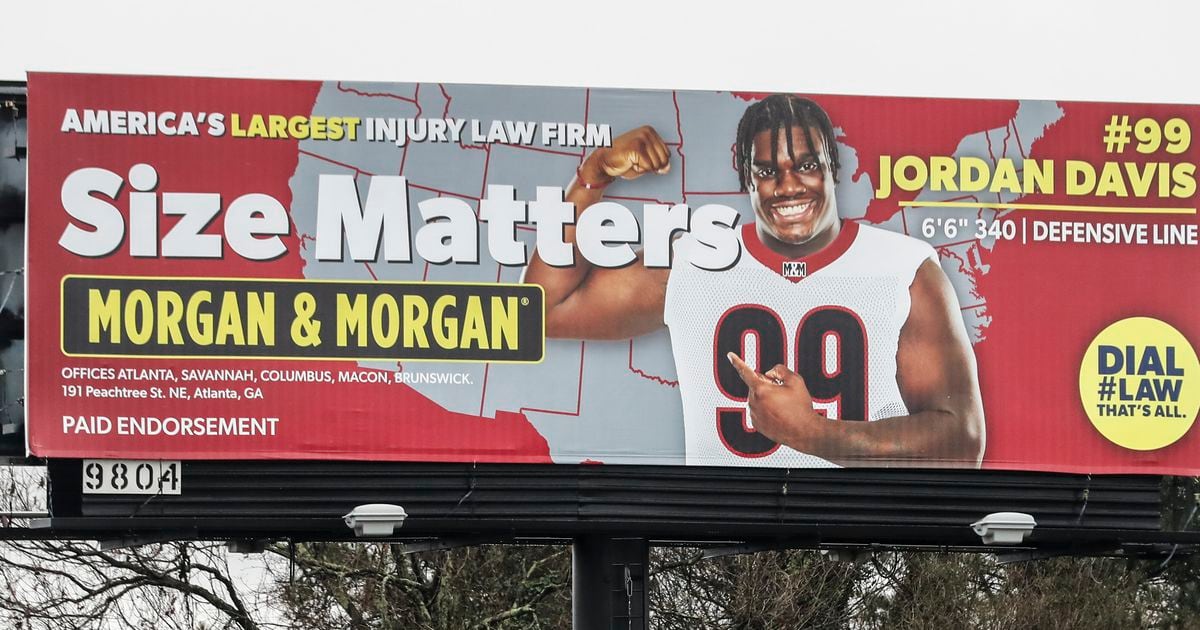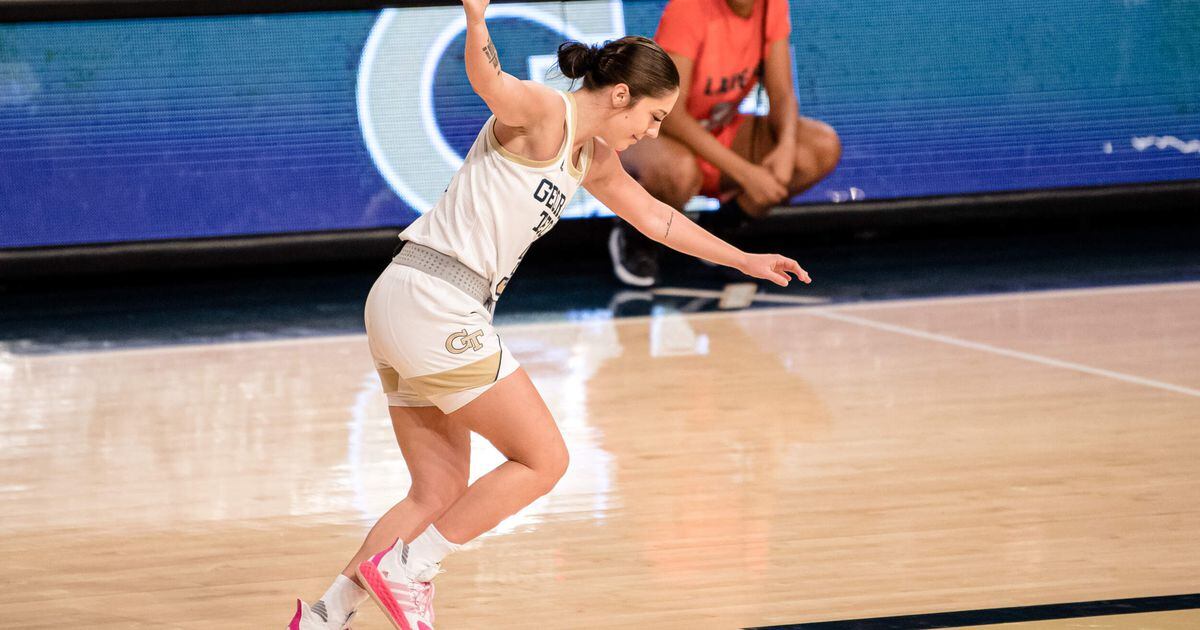Written with UGA in mind but still a good overview.
A deep look at how NIL laws and rules are changes the opportunities for college athletes in Georgia from the AJC. The changes follow new state laws around the nation, enabling college sports stars to make money from their NIL rghts and forcing the NCAA to back down from its historical...

www.ajc.com
“We had a little dinner in Athens, and oh my God, I’m handing these 19-to 22-year-olds checks for $28,000,” said Murray, the former Georgia Bulldogs quarterback who remains the SEC career leader in passing yards. “I was lucky to have a few hundred bucks in my bank account (during college).”
Eleven members of Georgia’s 2021 national championship football team reacted with “big eyes,” Murray said, when they received the checks last month — their shares from the early profits of a new venture launched by Murray and several other former UGA players turned marketing entrepreneurs.
“That’s why it’s the ‘Wild Wild West,’” Murray said. “Because it’s not uniform across the country. … Certain states are allowing more involvement for the universities.”
The infancy of college sports’ NIL era has brought upheaval in unforeseen and hectic ways.
“I think the thing that’s been surprising is the lack of national regulation,” said Chase Garrett, founder and CEO of Denver-based Icon Source, a marketplace that connects brands with athletes. “Without that (regulation), you’re going to see a lot of really ambitious groups want to maximize what’s available and what’s legal. Right now, there are a lot of things that are not breaking the rules that can give certain groups an advantage.
In some cases, the line has become blurred between long-overdue NIL rights and the NCAA’s still-on-the-books bylaws against pay-for-play and recruiting inducements.
“There’s serious concern about where NIL has progressed from what was originally intended to some of the stories that you hear today,” said University of Georgia President Jere Morehead, who is chair of the NCAA Division I Board of Directors. “We have, I think, a high level of urgency to review that issue. But we also have to be cautious and careful because of litigation and potential litigation around any rules that the NCAA sets at a national level.”
“I think this is an area where Congress has important responsibility,” Morehead said. “I don’t think Congress is going to be able to stay on the sideline with respect to some of the critical issues facing intercollegiate athletics. … It doesn’t work to have different NIL rules in every state.”
Since last summer, the NCAA’s “interim” policy has held that schools should be guided by their state laws and, in states without such laws, set their own minimalist guidelines. Many involved in the space believe the main requirement is simply that athletes must do
something NIL-related for whatever money they receive.
“There cannot be any consideration provided to an athlete without some sort of quid pro quo,” Heitner said. Other parameters, he said, are that compensation can’t be contingent on an athlete enrolling at a particular school and can’t be de facto bonuses for athletic performance. “Outside of that, the NCAA has been very silent,” he said.
Some 3,500 contracts were sent to college athletes through Icon Source alone in six months last year, and five of the top 10 earners were female, Garrett said. Another NIL marketplace, Opendorse, said 50.6% of compensation earned through its collegiate platform has been by football players, 18.5% by women’s basketball players, 15% by men’s basketball players and the rest scattered across other sports.
The next superweapon in college sports’ recruiting arms race may be the collectives, third-party entities designed to create financial opportunities for athletes.
Also gathering momentum are group licensing deals, which athletes can choose to join to share in profits from sales of merchandise, including jerseys, bearing their names and their school’s intellectual property.
He estimated athletes generally should be able to get a 10% to 14% royalty from merchandise.


